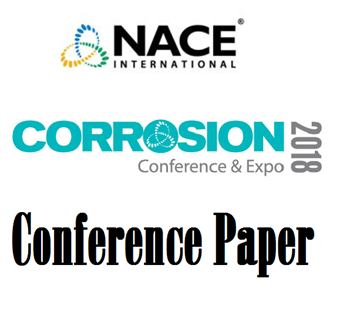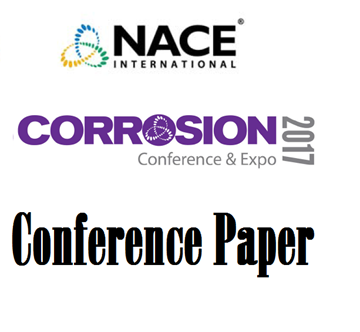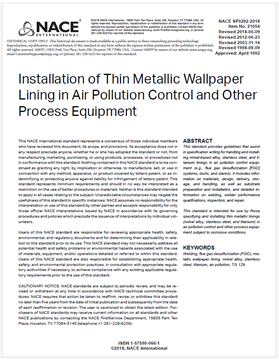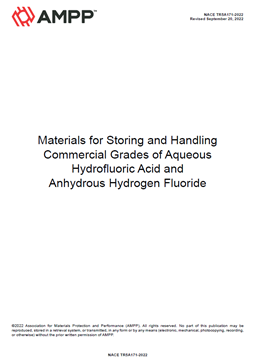Search
Products tagged with 'alloy'
View as
Sort by
Display
per page
51318-10999-Nanostructured Al-Alloy Coatings to Mitigate Corrosion and Enhance Mechanical Properties
Product Number:
51318-10999-SG
Publication Date:
2018
$20.00
Corrosion Properties of Ni-Al Bronze and it’s Main Alloying Elements - Effect of pH
Product Number:
51317--9306-SG
ISBN:
9306 2017 CP
Publication Date:
2017
$20.00
Development of 27–7MO: An Improved Superaustenitic Stainless Steel With High Strength and Excellent Corrosion Resistance for Sour Service
Product Number:
04114-SG
Publication Date:
2004
$20.00
NACE Publication 5A192-2004 Integrity of Equipment in Anhydrous Ammonia Storage and Handling
Product Number:
24061-SG
Publication Date:
2004
$179.00
NACE SP0292-2018, Installation of Thin Metallic Wallpaper Lining in Air Pollution Control and Other Process Equipment
Product Number:
21054-SG
Publication Date:
2018
$179.00
NACE TR5A171-2022, Materials for Storing and Handling Commercial Grades of Aqueous Hydrofluoric Acid and Anhydrous Hydrogen Fluoride
Product Number:
NACE TR5A171-2022
Publication Date:
2022
$109.00






